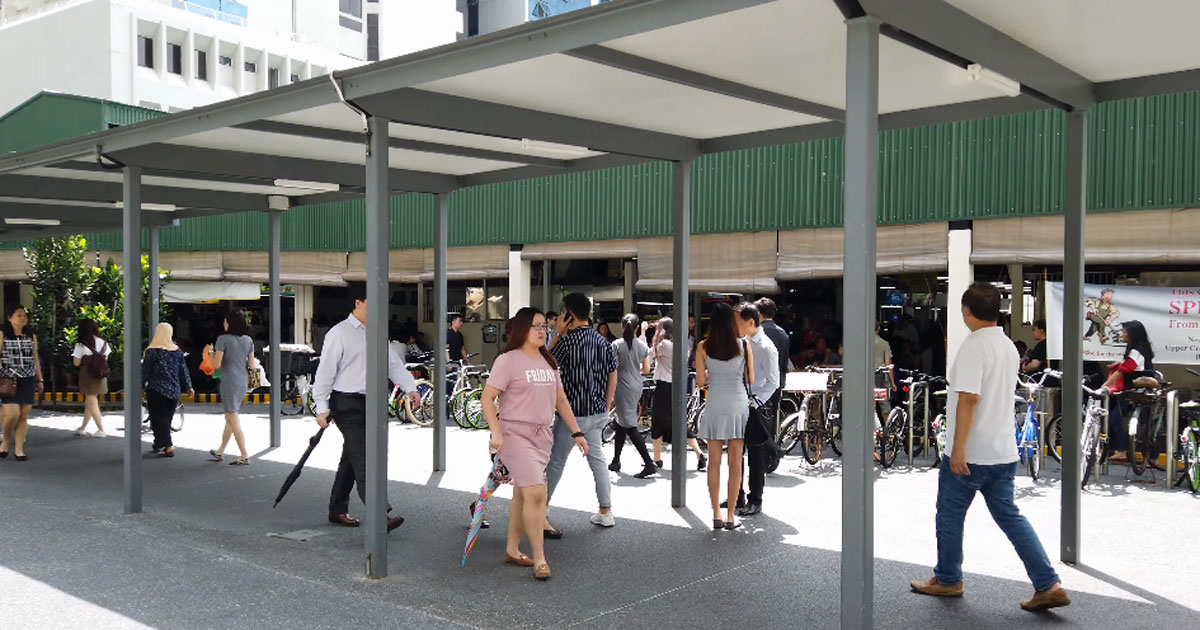Follow us on Telegram for the latest updates: https://t.me/mothershipsg
Singapore’s economy could contract 0.5 per cent for the full year in 2020.
This prediction was made by a DBS bank economist, Irvin Seah, who is the second private-sector economist to expect a recession.
The forecast was published in a research note [PDF] on March 19.
This was also his second downgrade in less than two months.
Seah lowered the 2020 growth forecast for Singapore from 1.4 per cent to 0.9 per cent in February 2020.
This was after the negative economic impact from the Covid-19 outbreak was becoming clearer.
Earlier, Maybank economists Chua Hak Bin and Lee Ju Ye projected Singapore’s economy to contract by 0.3 per cent for 2020.
What forecast said
Seah said a recession is “imminent” owing to Singapore's trade-reliant economy.
The Covid-19 pandemic is generating economic costs arising out of restrictions imposed on trade, investment, consumption and travel, resulting in a chaotic situation in many parts of the world.
"This is evolving into a ‘self-induced’ global recession," Seah said.
A technical recession is “almost a given”, he added, considering that the impact of the disease is no longer limited to just one quarter.
The negative growth could even continue into the third quarter of the year.
Things would improve towards the end.
A technical recession refers to two consecutive quarters of contraction.
2001 dot-come bust
The last time Singapore registered a full-year contraction of its economy was in 2001.
The dot-com bust that year saw economic growth fall by 1 per cent.
2003 SARS
“This will be a lot deeper than SARS (severe acute respiratory syndrome), and more painful than the global financial crisis,” Seah added.
Singapore's full-year growth was 4.5 per cent when it was hit by SARS in 2003.
The economy shrank 0.3 per cent in the second quarter of that year, during the months Singapore was dealing with SARS.
But the economy rebounded quickly in the second half of the year.
2009 global financial crisis
In 2009, during the global financial crisis, Singapore managed to squeeze out a growth rate of 0.1 per cent.
Drawing down of reserves a possibility
“As the situation on the pandemic continues to deteriorate, official rhetoric is that a second stimulus package will be announced. We expect the government to roll out a package of up to S$14 billion to S$16 billion, (about 2.9 per cent of gross domestic product), to further buttress the economy,” Seah said.
With the current term of government accumulating an overall budget surplus of about S$7.7 billion, this would mean that an extra S$6 to S$8 billion have to be funded by drawing down from the past reserves.
This is after taking into account the projected S$10 billion deficit for the financial year of 2020.
Top photo via
If you like what you read, follow us on Facebook, Instagram, Twitter and Telegram to get the latest updates.
